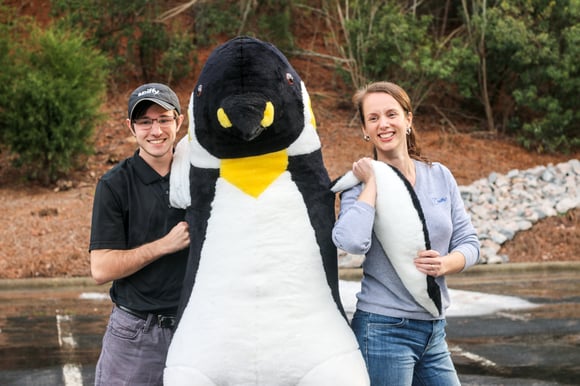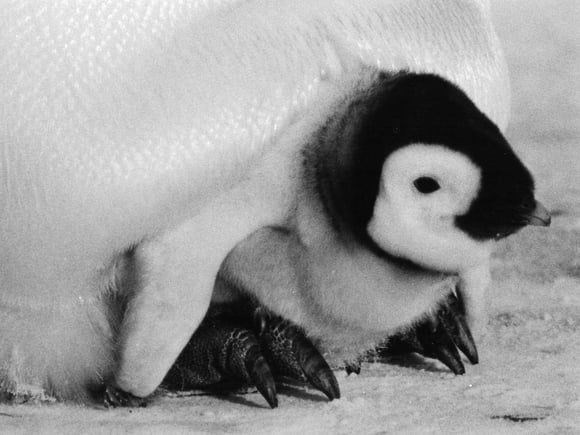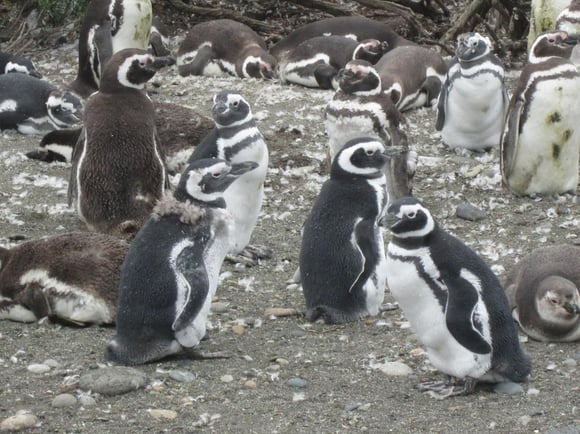Update, update, we have an update! Hopefully you have been enjoying our Spiffy the penguin saga as much as we have. We love learning more about these amazing creatures that help shape our brand. For those who are new to the Spiffy blog, our company symbolically adopted a magellanic penguin, named Spiffy. She lives in Cabo Virgenes, which is on the border of Chile and Argentina.

As we mentioned before, Spiffy had chicks and those chicks were able to safely migrate to warmer weather for the winter. Conversely, Spiffy and her adult colony has to stay back in Chile and wait to molt.
What is molting? It sounds unpleasant, but it’s actually quite interesting. Molting is the process of adult birds losing their old feathers and growing in new ones. Molting can also refer to snakes losing their skin, insects losing their exoskeleton, or cats and dogs shedding their fur! It occurs at different times depending on the animal, but it's a natural process and it's important to the animal's survival. Since Spiffy's chicks are newborns, they still have their juvenile down feathers and haven't gone through the process of molting yet. That's why they migrate before the water temperature drops, ensuring that they can safely make it to Brazil without freezing!

Typically, the fall months are when penguins start to molt, which is why Spiffy is molting now - being located in the Southern Hemisphere. Since the water is cold, penguins cannot swim for long periods of time during their molt, making it difficult to feed. As mentioned previously, penguins have to fatten up before the molt, and this is why. Human divers have wet-suits to protect them against cold water, and a penguins' feathers essentially act as a wet-suit to protect them in the same way. To give you an idea of how cold the water gets in Argentina, the temperature in the summer months is generally around 76 degrees Fahrenheit, but can drop to 53 degrees Fahrenheit in the winter months, which is not safe for molting birds to swim in.

Luckily, during the molting process, penguins are able to preen themselves and help the others as well. This basically means pulling out old feathers in order to help the new feathers grow in quicker. It’s common to see penguins with all new feathers grown in, except around their neck, since it’s an area they can’t reach. Below you can see a photo of penguins mid-molt. The penguins that are darker have completed their molting and the lighter/more brown-colored penguins are still molting. It’s definitely not a glamorous process, but the finished result is shiny, slick, and waterproof!

Once the molt is complete, which can take up to 4 weeks, the penguins will be protected and ready to take on the cold water! While this process is long and tiring for the poor penguins, it’s a part of life and is necessary for their survival. But, now Spiffy gets to migrate to the warmer weather of Brazil for the winter and be with her chicks!
Subscribe to The Penguin Report.
Posted in Lifestyle





